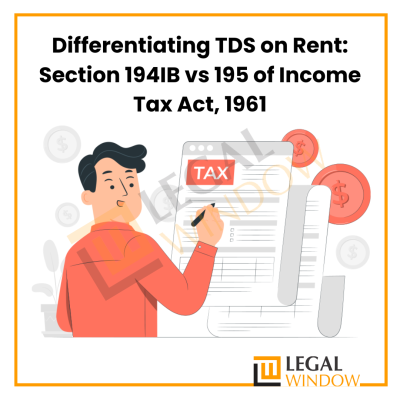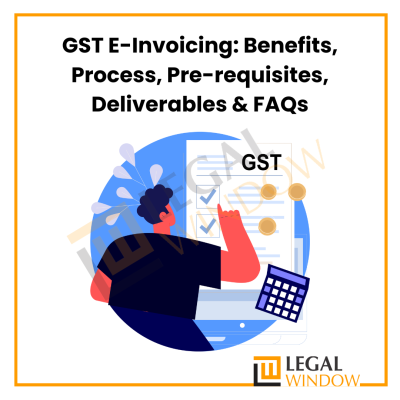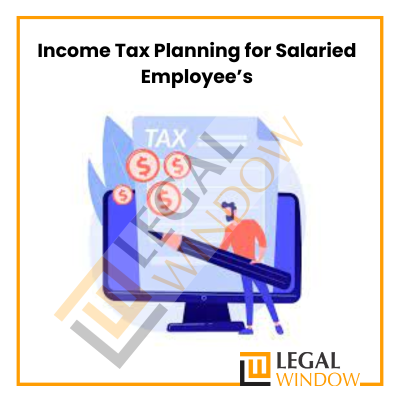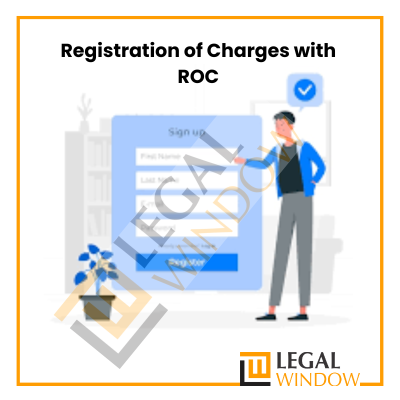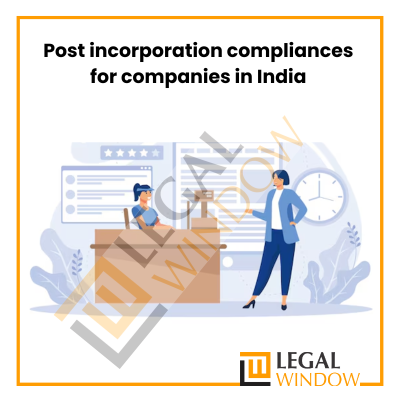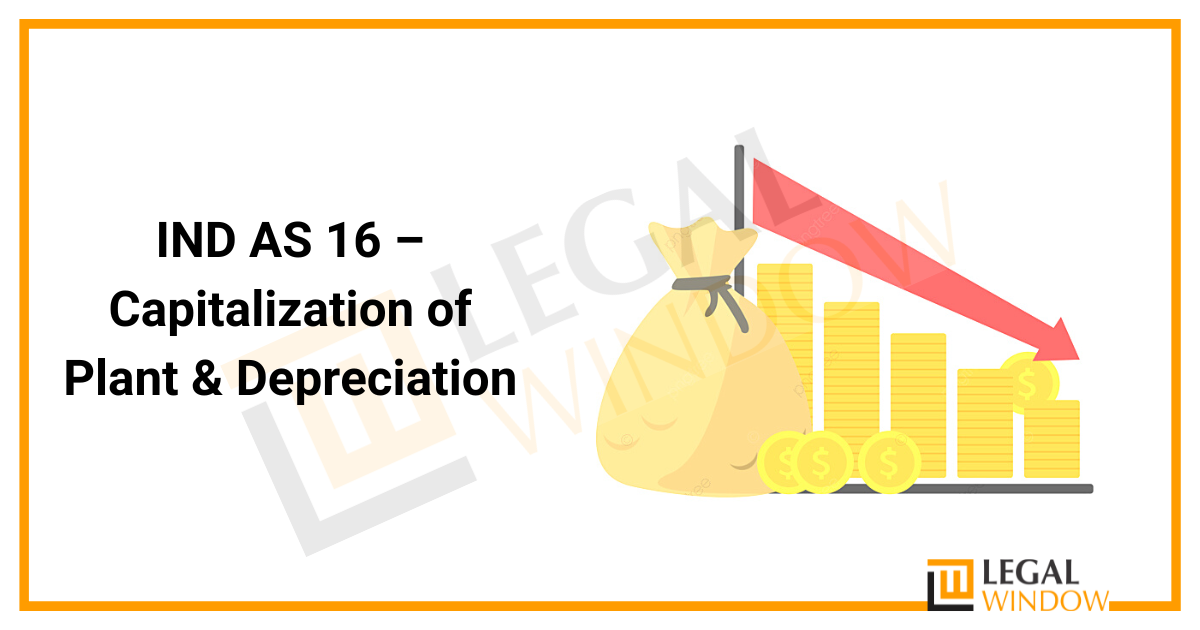
Property, Plant, and Equipment (PPE) model forms an essential component in part business as the business evaluation may also be calculated with it, every business indulging in it have taken due care regarding it. I’m sure you are also little curious to know about the latest rules in which special provisions are also made in the Indian accounting system for accounting for Property, Plant, and Equipment (PPE). These provisions are standardized under Indian Accounting Standard 16, better known in short form, Ind AS 16. In this article, we will discuss IND AS 16 – Capitalization of Plant & Depreciation.
What is IND AS 16
Indian Accounting Standard 16 (Ind AS 16) deals with accounting and depreciation of property, plant and equipment, which is also covered by the corresponding AS-10. Unless other accounting standards require different treatment, Ind AS 16 is applicable to all property, plant, and equipment.
Objective of IND AS 16
The objective of this standard is to prescribe an accounting solution for property, plant, and equipment so that users of financial statements can recognize information about an investment of an entity and the changes in that investment. The main issues in accounting for property, plant, and equipment are the recognition of assets, the determination of their carrying amount, and the depreciation and impairment losses to be recognized to them.
Scope of IND AS 16
This standard shall be used in accounting for land, buildings, and equipment, except when another standard requires or permits a different accounting solution.
This standard does not apply to:
- property, plant, and equipment classified for sale under Ind AS 105 Non-current assets held for discontinued operations and sale;
- biological assets related to the agricultural activity;
- recognition and valuation of exploration and evaluation assets; or
- rights to mineral resources and mineral reserves such as oil, natural gas, and similar non-renewable resources.
However, this standard applies to land, buildings, and equipment used to develop or maintain the assets described in (b) (d).
Meaning of Plant, Property and Equipment (PPE)
Plant, property and equipment (PPE) are assets that are held for use in the production of goods, provision of services, administrative use or lease and are expected to be used for more than one period. It does not include assets held for sale.
Cost of assets and their components as per Ind AS 16
The standard also specifies that the cost of all PPE assets would be considered assets only if the costs are reliably measurable and it is clear that the monetary benefits from those assets would benefit the business. PPE costs include:
- Purchase price including import duty and other non-refundable taxes after deduction of rebates and trade discounts.
- Expenses incurred to bring the property to the condition and location necessary for its operation.
- An initial estimate of the cost to dismantle/remove the item and restore it where it is.
Measurement after recognition of PPE as per Ind AS 16
Companies can choose between the revaluation model and the cost model as their accounting policy and apply the same to their entire PPE class. According to the cost model, PPE should be carried at acquisition cost less depreciation and any accumulated impairment losses. Under the revaluation model, PPE for which a fair value can be reliably determined should be valued at the revalued amount, which is the fair value at the date of its revaluation, less gradually accumulated depreciation and any accumulated impairment losses.
Recognition of PPE
The cost of property, plant, and equipment should be recognized as an asset in cases:
- Future economic benefits associated with the item will likely flow to the accounting unit; and
- The item’s cost can be estimated reliably.
An asset should be capitalized in the ledger when the asset is ready for use.
Cost Component of an Item in PPE
The cost component of an item of property, plant, and equipment includes:
- Its purchase price- which includes import duties, rebates, and non-refundable purchase taxes, fewer trade discounts.
- All costs directly attributable to bringing the asset to the location and condition necessary for it to function in the manner intended by management.
- An initial estimate of the cost of dismantling and removing an item and restoring the location where the item is located, a liability that the entity incurs either when the item is acquired or as a result of using the item during a period for purposes other than building inventory during that period.
There exists some recognized models which are essential and inclusive in cost components these are:
Cost model
Once the asset is recognized, PPE should be carried at cost less depreciation and accumulated impairment losses (if any).
Revaluation model
After recognition of the asset, the OOP whose fair value can be reliably determined should be carried at the revalued amount, i.e. at the fair value at the revaluation date and reduced by gradually accumulated depreciation and subsequent accumulated impairment losses (if any).
- Revaluation must be carried out with reasonable regularity to ensure that the carrying amount does not differ materially from the value that would have been determined using fair value at the end of the accounting period
- If an item of PPE is revalued, the entire class of such OOP to which such asset belongs should be revalued
- In case the carrying amount of the asset increases as a result of revaluation, such an increase should be recognized in other comprehensive income and should be accumulated in equity. However, such an increase should be recognized in the income statement to the extent of the reversal of a revaluation decrease of a similar asset previously recognized in the income statement. However, such reduction should be debited to other comprehensive income to the extent of credit balances available in the revaluation surplus in respect of a similar asset
Depreciation regarding PPE
Each part of PPE with a purchase price that is material to the total cost of the PPE should be depreciated separately. The amount of depreciation should be allocated on a proper basis over the useful life of the asset. The standard also requires:
- The depreciation method used should reflect a model of the asset’s future economic benefits
- Three standards require review at each balance sheet date:
- Residual value and useful life of assets
- Depreciation method used
De-Recognition in PPE
The carrying amount of items of PPE should be written off:
- At the time of their sale; or
- If no future economic benefits are expected from the use or sale of such asset any gain or loss arising from such de-recognition should be included in the income statement when such item is de-recognized. Gains arising from such write-offs should not be classified as part of revenue.
Disclosure Requirements
Ind AS 16 prescribes the financial statements which should disclose for each class of PPE:
- Valuation basis for determining book value
- Depreciation methods used
- Depreciation rates/life of assets
- Aggregate book value and accumulated depreciation at the beginning and end of the period
- Existence and value of ownership restrictions and PPE pledged as security for liabilities
- Amount of expenditure recognized in the carrying amount of the PPE item during its construction
- Amount respecting the contractual obligation to acquire PPE.
Final words
A condition of continued operation of an item of property, plant, and equipment (for example, an aircraft) may be the performance of regular major defect inspections regardless of whether parts of the item have been replaced. At each major inspection, its cost is recorded in the carrying amount of the item of property, plant, and equipment as a replacement, if the recognition criteria are met.
Any remaining carrying amount of prior inspection costs (as opposed to physical parts) is written off. This occurs regardless of whether the previous inspection costs were identified in the transaction in which the item was purchased or manufactured. If necessary, the estimated cost of a future similar inspection can be used as an indication of what the cost of the existing inspection component was when the item was acquired or manufactured.
LegalWindow.in is a professional technology driven platform of multidisciplined experts like CA/CS/Lawyers spanning with an aim to provide concrete solution to individuals, start-ups and other business organisation by maximising their growth at an affordable cost. Our team offers expertise solutions in various fields that include Corporate Laws, Direct Taxations, GST Matters, IP Registrations and other Legal Affairs.
Categories
- Agreement Drafting (23)
- Annual Compliance (11)
- Change in Business (36)
- Company Law (148)
- Compliance (90)
- Digital Banking (3)
- Drug License (3)
- FEMA (17)
- Finance Company (42)
- Foreign Taxation (6)
- FSSAI License/Registration (14)
- GST (120)
- Hallmark Registration (1)
- Income Tax (202)
- Latest News (34)
- Miscellaneous (165)
- NBFC Registration (8)
- NGO (14)
- SEBI Registration (6)
- Section 8 Company (7)
- Start and manage a business (21)
- Startup/ Registration (130)
- Trademark Registration/IPR (40)
Recent Posts
About us
LegalWindow.in is a professional technology driven platform of multidisciplined experts like CA/CS/Lawyers spanning with an aim to provide concrete solution to individuals, start-ups and other business organisation by maximising their growth at an affordable cost.


